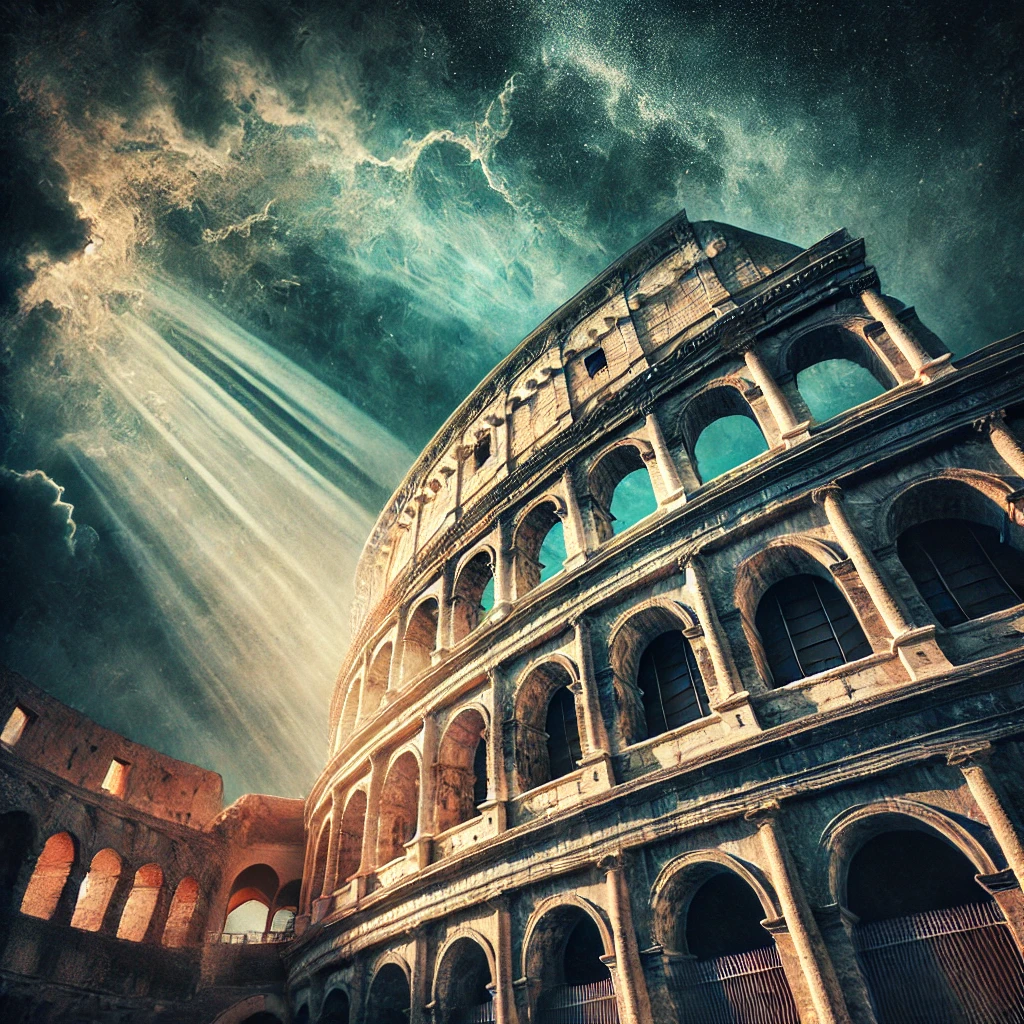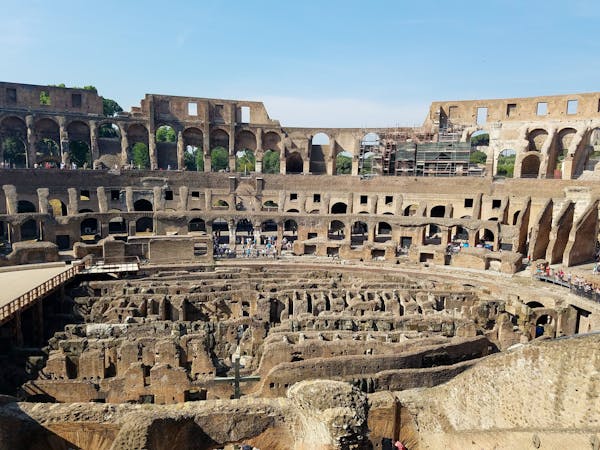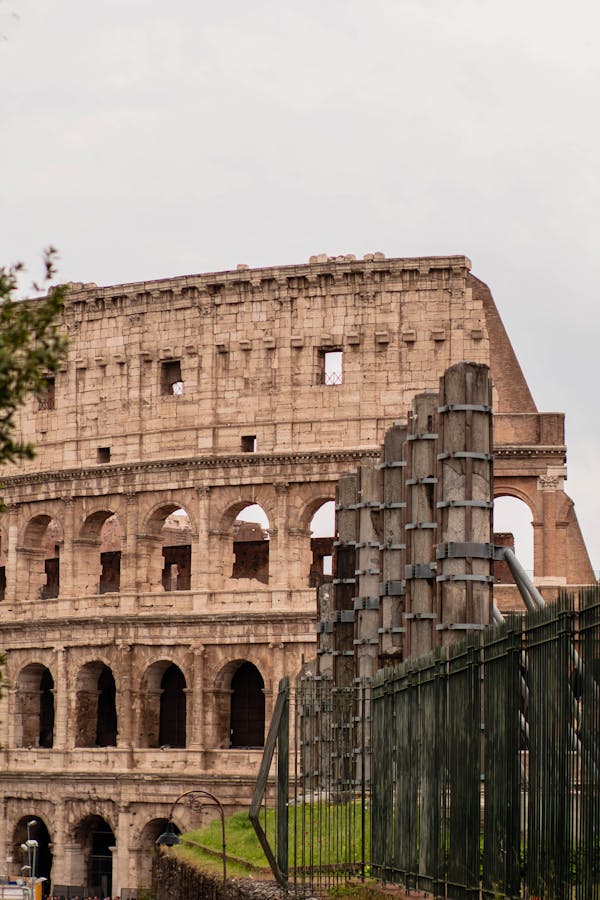The Colosseum: A Symbol of Ancient Roman Grandeur and Power

The Colosseum, also known as the Flavian Amphitheater, is one of the most iconic structures of ancient Rome, embodying the empire’s strength, architectural brilliance, and brutal entertainment culture. Located in the heart of Rome, Italy, it has become a symbol of the Roman Empire and one of the most visited tourist attractions in the world. With its grand scale and historical significance, the Colosseum serves as a reminder of the heights of Roman engineering and the depths of its social and political complexities.

Construction of the Colosseum began in AD 70 under the emperor Vespasian and was completed in AD 80 under his successor and son Titus. The amphitheater was primarily built to host public spectacles such as gladiatorial contests, animal hunts, and mock naval battles. The structure could hold up to 50,000 spectators, making it an impressive feat of Roman engineering. Its design incorporated several innovative features, such as a retractable roof and intricate underground tunnels where animals and gladiators were kept before entering the arena. The Colosseum’s ability to accommodate large crowds and provide a variety of spectacles showcased the power and prestige of the Roman emperors.
The architecture of the Colosseum is equally remarkable. It features a complex system of arches and vaults, a hallmark of Roman engineering. The exterior of the Colosseum is adorned with rows of arches and columns, with three distinct levels, each utilizing different architectural orders: the Doric, Ionic, and Corinthian styles. These elements not only provided structural stability but also displayed the Romans’ mastery of design and aesthetics. The Colosseum was built using a combination of concrete, stone, and brick, with materials sourced from various parts of the empire, further reflecting the empire’s vast reach.
Despite its grandeur, the Colosseum was also a symbol of Rome’s darker side. The public spectacles held within its walls were often brutal and deadly, reflecting the harshness of Roman society at the time. Gladiators, often slaves or prisoners of war, fought to the death for the entertainment of the masses. The Colosseum was not just a symbol of Roman glory, but also of its violent, imperialistic nature. Over time, the amphitheater became a tool for the emperor to assert dominance over the people, offering a place where they could witness the might of Rome in action, while also distracting them from the political and social issues of the time.

After the fall of the Roman Empire, the Colosseum fell into disrepair. Earthquakes, looting, and neglect took a toll on the structure, causing significant damage. Many of its stones were repurposed for other buildings throughout Rome. However, despite the ravages of time, the Colosseum has stood the test of time and remains an enduring symbol of ancient Rome. Today, it stands as both a historical monument and a reminder of the complex nature of Roman society, where entertainment, power, and cruelty were intricately woven together. It also represents the legacy of Roman architecture, influencing the design of theaters and amphitheaters across the world.
The Colosseum continues to draw millions of visitors each year who marvel at its history and grandeur. It is not only a symbol of Rome’s architectural achievements but also a window into the lives and culture of ancient Romans. Visitors today can explore the inner workings of the Colosseum, walking through the same corridors where gladiators once stood, and imagining the roaring crowds that once filled its massive seating area. It remains a testament to the greatness, and at times the brutal reality, of one of history’s most powerful empires.